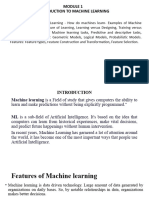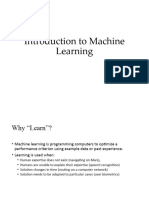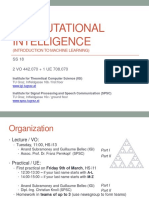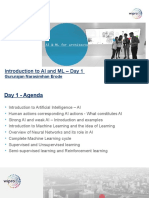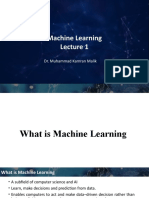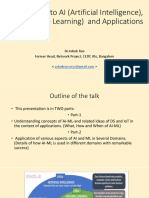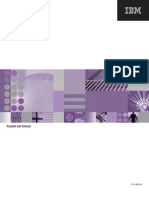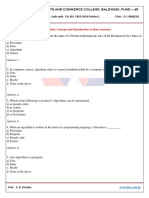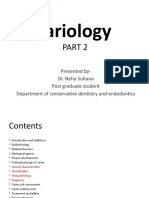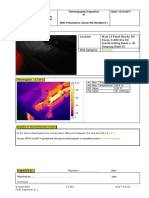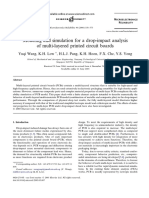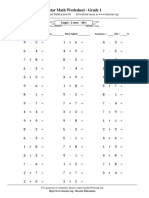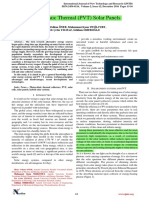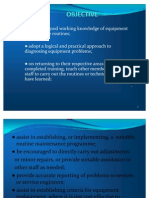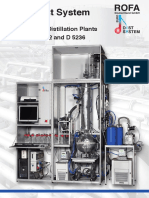0% found this document useful (0 votes)
62 views67 pagesAI ML Fundamentals
The document outlines a five-day course on AI and machine learning fundamentals, covering topics such as AI definitions, machine learning techniques, and deep learning applications. It includes case studies demonstrating real-world AI applications in various industries and details a group project where participants propose AI solutions in specific sectors. The course also features practical labs on machine learning algorithms like K-Means, KNN, and decision trees, as well as deep learning concepts like convolutional neural networks and transformers.
Uploaded by
sachitkalra2Copyright
© © All Rights Reserved
We take content rights seriously. If you suspect this is your content, claim it here.
Available Formats
Download as PDF, TXT or read online on Scribd
0% found this document useful (0 votes)
62 views67 pagesAI ML Fundamentals
The document outlines a five-day course on AI and machine learning fundamentals, covering topics such as AI definitions, machine learning techniques, and deep learning applications. It includes case studies demonstrating real-world AI applications in various industries and details a group project where participants propose AI solutions in specific sectors. The course also features practical labs on machine learning algorithms like K-Means, KNN, and decision trees, as well as deep learning concepts like convolutional neural networks and transformers.
Uploaded by
sachitkalra2Copyright
© © All Rights Reserved
We take content rights seriously. If you suspect this is your content, claim it here.
Available Formats
Download as PDF, TXT or read online on Scribd
/ 67








